 Our own Faith Goss has been training diligently for her first 50 mile endurance run, American River 50. We will be doing a podcast soon that will focus on RACE DAY STRATEGY for your first 50 mile race. We hope the Nation will come up with some good advice so Faith will be successful!
Our own Faith Goss has been training diligently for her first 50 mile endurance run, American River 50. We will be doing a podcast soon that will focus on RACE DAY STRATEGY for your first 50 mile race. We hope the Nation will come up with some good advice so Faith will be successful!
Leave a Reply to Kara Cancel reply
36 comments
More from this show
word Stubborn has a negative connotation in many cases. In this podcast, Devon Yanko and Andy Jones-Wilkins dive deep into the philosophy...
Greg McMillan, Mcmillan Running, joins the Nation to discuss how to peak, prepare and work through the inevitable freak out that we feel as...
. Phil Maffetone joins TRN to talk about his new book, “1:59: The Sub-Two-Hour Marathon Is Within Reach—Here’s How It Will Go Down...
if you get a chance to have a running discussion with Ann Trason and Andy Jones Wilkins at mile 55.7 on the Western States 100 Trail, what...
posted a video on April 9th about Josh Spector’s experience running his first 135-mile race, The Brazil 135. To date it has had over...
athletes fail to make progress or they see their fitness regress due to three main factors: You become injured You are training improperly...

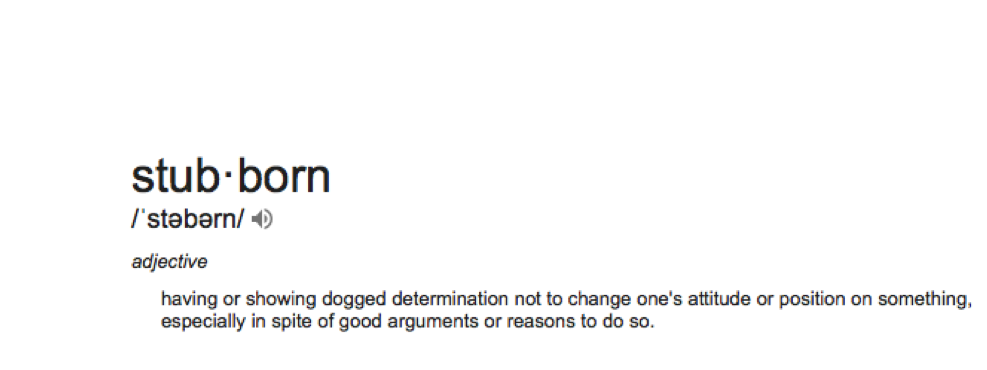
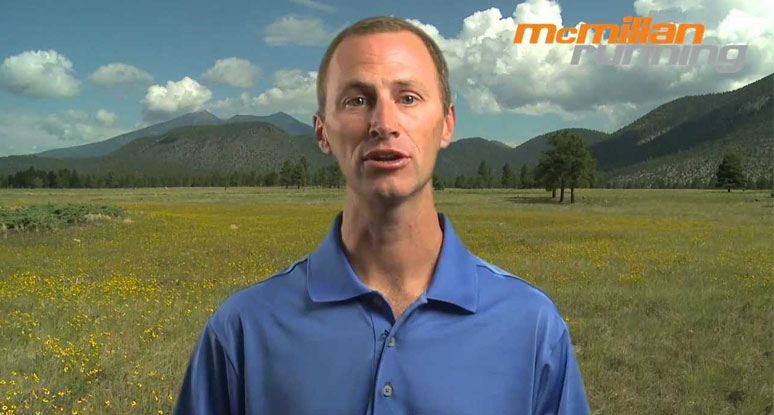
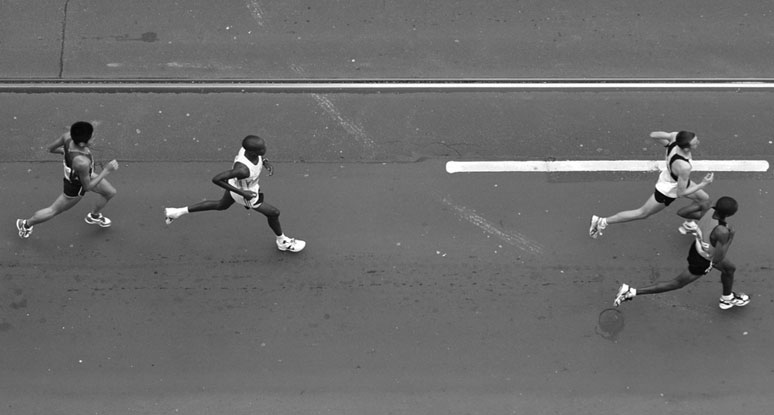
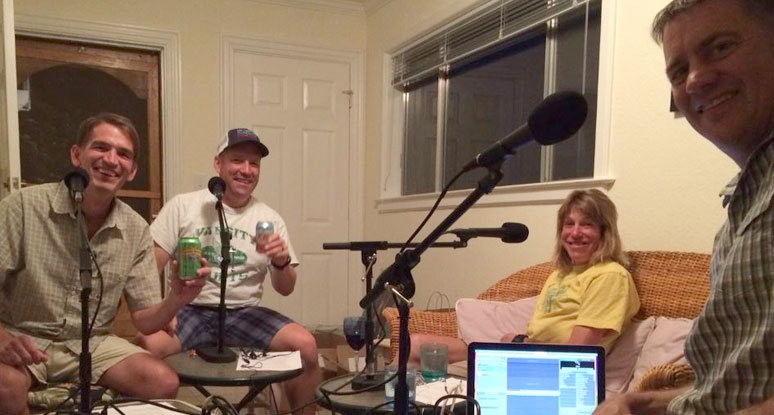
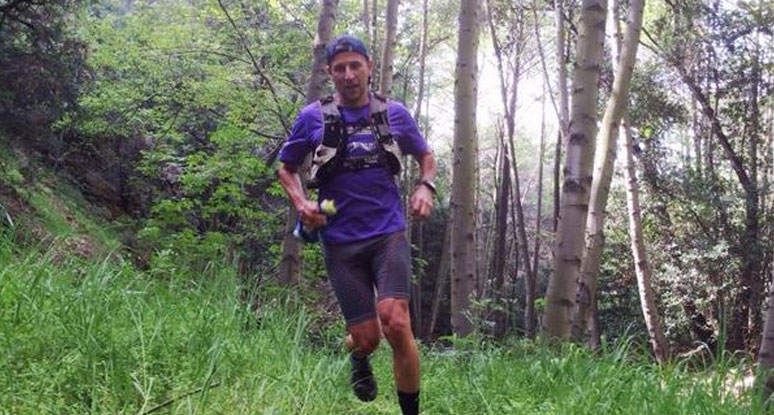
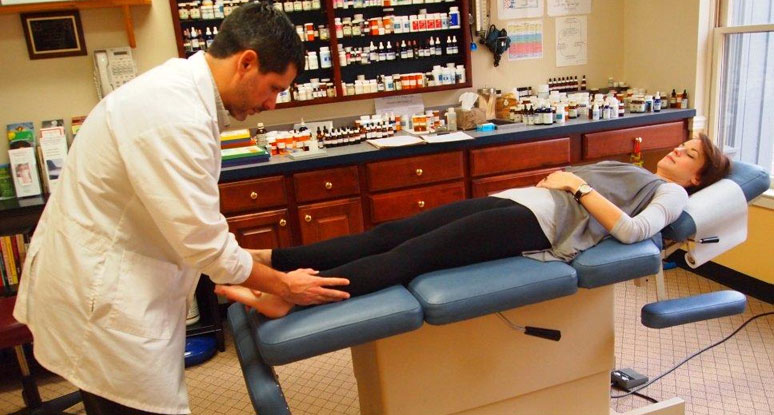
1) Practice long – at least 2-3 runs of 30 miles or more; 2) practice the conditions you will run – surface type, temperature, etc.; 3) nail hydration, fueling, and pace – practice them and dial them in.
Mark,
We are focusing this podcast mostly on RACE DAY STRATEGY, not necessarily the training for a 50. Do you have some race day tips?
1. Have Fun. 2. Pace yourself (easy first half). 3. Keep asking yourself: How is my pace, how is my nutrition, how is my hydration. But most importantly… ENJOY THE EXPERIENCE!!!
I raced my first 50 recently – The Ray Miller 50 in Malibu, California. One of the best pieces of advice I read (heck maybe it was here) – during that distance most likely you will have a time/certain legth of miles, where you will feel lousy – expect that feeling, know it will come, but know it will pass. This is exactly what happened to me at mile 30-40 (bad stomach), but I reminded myself this was to be expected, which really helped me get through that rough spot. From mile 40-50, I regained my speed, strength, and mental “go for it” and raced to the finish, the last 2-3 miles which were my fastest mile times of the whole 50 miles.
Oops – forgot one bit of advice – must where the Kokopelli !!!!!!!
1. Confidence believe in yourself.
2. DIG DEEP in those low moments
3. Have Fun!
I DNF’ed on my first 50 mile attempt. I cried for a week afterwards.
I write a letter to myself that I must read before I drop. I remind myself of how I felt the week after that race. I ask myself if I want to go back to that feeling.
I dedicate the last mile of the race to a friend in need, not the first mile, but the last.
If drop bags are allowed, use them. Extra socks, an extra pair of shoes, Ensure, etc.
Now keep in mind what my advice is worth. I have only finished one 50 miler out of 2 attempts.
Letter to yourself, interesting idea.
Prepare for every possibility on the trail (brainstorm) and put the solution in your drop bags. Better to be prepared than not.
fuel early and often (i’m still learning) and music the second half the race when the crowd starts to thin. for AR50, save a little for the last 2 miles (you’ll need it).
Thanks for the comments guys, keep em coming! I am really concerned about pace the first half. Trying to reel myself in out the gate!
Faith, I think one of the most helpful things I did last year for AR (my first|only 50) was to print out a list of everything I needed to prepare, so I didn’t forget anything. It helped me to be able to relax a bit the night before, since all I had to do was mindlessly follow my list to make sure everything I needed was out and ready to go.
As far as AR50 and the pace is concerned: remember, the first 18 miles is basically flat. You’re going to start out feeling strong and full of energy, don’t waste it. Set your ideal pace ahead of time and don’t exceed that! Once we get to Hazel, there are hills to manage – you’ll need that energy.
The best advice I got from Don Freeman last year was to remember that the hill going up to Beals, is a hill. Don’t tire yourself out on it. Pace yourself accordingly (25/25 or slower paced run, whatever you need to do to conserve).
And most of all: have fun! I’ll see you out there in 1.5 weeks!
Okay. So I pulled out my list from last year. I crossed off a bunch of stuff that I just didn’t need. So my next piece of advice is: just don’t overthink it. It’s easier to prepare for than your unsupported 30 mile training run.
+1 on the Gear NINJA’s comment: start with a pocket full of GUs and eat the first one in the first 5 minutes. Eat no less then every 30 minutes for the remainder of the race (every 20 min according to Sunny Blende).
S! Caps are like a magic cure-all pill.
I have found if I don’t plan at all then I am never surprised. I expect adversity, pain, suffering and in the end a finish line. So far this has worked for me.
heeheehee….. I thought about turning an injinji sock in-side-out to use on the other foot…. then I realized I was at home and had only to go to the sock drawer to get the right sock! LOL
Your way of doing 100’s sure makes for entertainment for the rest of us
1) Before I did SD100 the race director told us if your running along and feel like crap don’t worry eventually you’ll feel better, on the other side of that if your running along and feel great don’t worry soon you’ll feel like crap.
2) As far as pace on the first half of AR50 Ken Crouse gave me the best advice. Set your watch and run 10 and walk 1 or run 5 and walk 1, whatever your comfortable with. This forces you to slow down. On the second half I walked the hills and ran the rest.
3) At the end of AR50 when you get to the top of Last Gasp turn around and look at the river, trail etc and enjoy the moment. (This is harder to do then you think)
Am training for the Leadville 50 miler in July. Does anyone have training tips?
My first question: are you training at a similar elevation as the course or are you a flat lander?
I loved Jay Marsh’s first comment. So true..
My advice would be, don’t start out to fast on the first half of AR. It is easy to do because it is on pavement and you get caught up in the excitement of the start.
Stay on top of the GU’s, salt tabs and hydration. It is hard to come back once you are behind.
I am going to try Lee’s suggestion about using head phones at the end of the race. This can help give you much needed energy at the end of the race.
Getting excited! See you there Faith.
In general I would say:
1. Run your pace and not your training partner or person you might meet on the trail. It is nice to talk to people, but often we will get caught up in the socializing on the trail and lose track of fueling, time splits, strategy (walking uphills etc.)
2. Aid stations are where you make or lose time. Ballpark there are 10 in a 50 mile, as a result an extra 2 minutes at each just added 20 more minutes to time on your feet.
3. When you catch someone, pass them and move on. Remember that you are running faster, hence you caught up to them, do not hang out and get sucked into their pace (and slow down).
AR50 specific-
1. Race begins at Beal’s and if you have run the first half smart you will pass people on the trails, open up the can at Rattlesnake.
2. Going into beal’s rule of thumb is take marathon time plus 30 minutes to be conversative on your feet and have some energy for the back half. Also, be wary of the watch. people think the first half is marathon and then try to hit their marathon pace and may blow up in back half.
3. Change something at beal’s, be it a shirt, hat, visor etc. getting that new feeling will be amazing.
BELIEVE in your training and yourself. You CAN do it. Keep a positive attitude and everything will fall into place. And above all… HAVE FUN!!!
For the first 20-25 miles I stick to gels for my fuel, although I may take a few small bites of “real food” at the aid stations (potato chips, a small bit of PB&J sandwich, a piece of watermelon, etc.) I’ll then start incorporating larger portions of the aid station food in the latter half of the race (whatever looks appealing). I’ve found this helps keep nausea or the feeling of a too full stomach at bay. But as others have said, fueling early and often is key!
Oh, and bring a baggie of TP and some wet wipes
I like to tell people to remember to smile and continue to smile as long as you can.
Try to remember how lucky you are to have this experience and take pleasure in the fact that everyone thinks you are crazy for doing it.
1. Bring a pace plan and stick to it. This should include frequent refueling and a moderate pace. The race doesn’t start until mile 40. I recommend walking the uphills. Try to spend under 20 seconds at the aid stations.
2. Bring a friend. I highly recommend a MP3 player for the first half and a pacer friend for the second half.
3. Bring a positive attitude. Have fun. If this is your first 50 then don’t plan on racing it; just enjoy the experience. It’s a long day. It’s a beautiful course. Bring a camera, but practice taking pictures on the run.
For my 1st 50 miler, my editor at UltraRunning Magazine, Tia Bodington told me “Enjoy moving through the day, stay loose and revel in all the signs of Spring around you, and it will be fun”. My Mother had just passed away 6 days before and I carried a picture of she and me along with Tia’s words on a little card…in the middle of the race, I kind of panicked because I realized I must have dropped the card. As I was getting close to the end and was getting fatigued, I looked down on the trail and there was my Mom looking back at me from the card. Unbelievable! It was a great day!….oh the nutritionist in me says “Start early with fuel and hydration and don’t get behind :)”
Cheers,
Sunny
Best advice is to enjoy your first 50 miler it’s going to be a PR regardless of the time, also as you already know start slow and then speed up towards the end if possible and lastly get talking to fellow runners so much fun and I learned that we are all in the same situation regardless how good we are!
Fuel/hydration/pace – physically those are all equally important and if you keep on track with them then physicaly you’re going to have a successful day. As mentioned above, there will be a time or two when you feel rotten, it WILL pass, honest. Know that those moments will happen and be prepared to combat them with positive thoughts. Mentally you have to stay positive, don’t let the negative thoughts in at all – smile and chat with those around you, check in with the people you encounter during the race. By keeping others positive you keep yourself positive.
If you use music to train, be prepared with it on race day as well in case you need it. I also keep an audiobook loaded on my iPod in case I need that more intense distraction.
I’ll reiterate what others have said, ENJOY the experience and honor yourself while you’re out there. We are phenomenal athletes, every one of us, and we sometimes forget that in the heat of the moment.
Maybe it’s been stated already in this forum, but I like to take these runs and simplify them into sections.
> On a 50miler, look at the first half as a nice long warm up for a 25 mile run. If that’s too much to think of, break it down to smaller sections.
> As it’s been said already, you will be amazed how far you can get on heart and determination alone.
> “A watched pot never boils”….don’t look at your watch (if you wear one) every 30 seconds, enjoy the time out there,
> Belive in your training, enjoy the experience, and when it gets really bad remember that things “never always get worse”.
I will reiterate the reiterations, enjoy it! At the end of the day, you will be able to look yourself in the mirror and be proud of what you accomplished. If you had some struggles (and you likely will), learn from them….that’s one of the best things about ultras, we are always learning!
1. If it ain’t broke, don’t fix it.
2. If it’s broke, fix it immediately.
3. If it can’t be fixed, turn up your headphones.
Matt – Solid advice!
I’m running my first 50 Miler this weekend. Regardless if I finish or DNF It’s my first and I’m looking forward to the experience and the knowledge cause it won’t be last.
1) Try nothing new on race day (other than running 50 miles); i.e.:don’t do anything that you haven’t done in training.
2) Divide & conquer: know the locations of the aid stations in advance and take it one aid station at a time.
3) Fuel early and often, but remember: it’s an aid station, not a rest stop! Don’t hang out at the aid stations too long as this can eat up a lot of time. Plan ahead what you are going to take before arriving at the aid & avoid grazing too long.
I love the trails but 50 miles sounds like punishment that could lead to inflammation. I enjoy reading about people who run 50 miles. Good luck.
Vas now that’s a whole new topic !!!
Is entering an event that promises to bring pain and a fair amount of suffering a wise choice ????